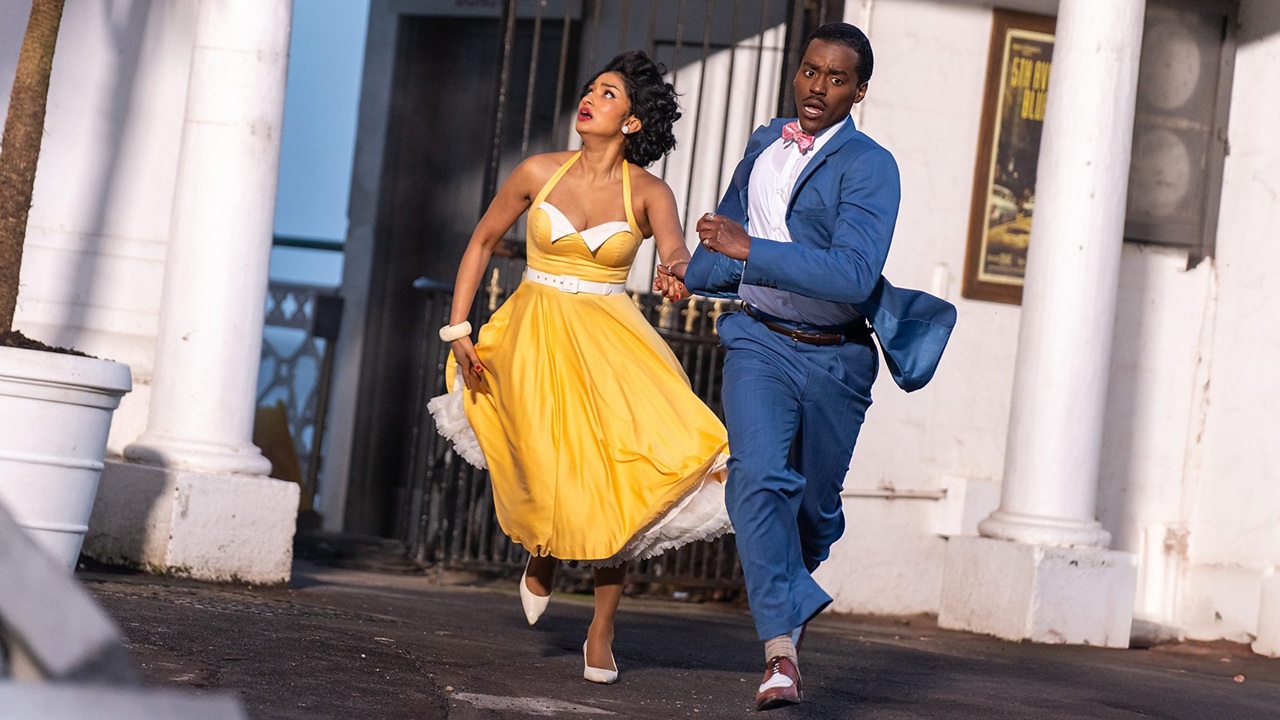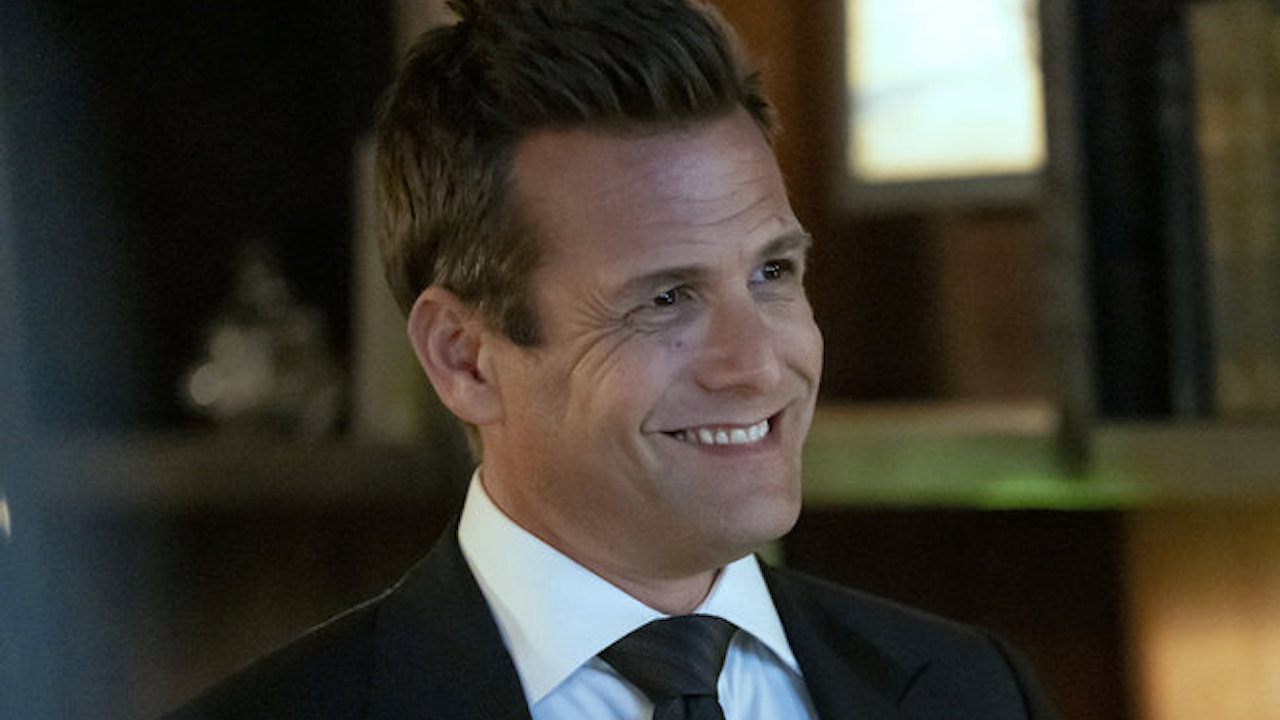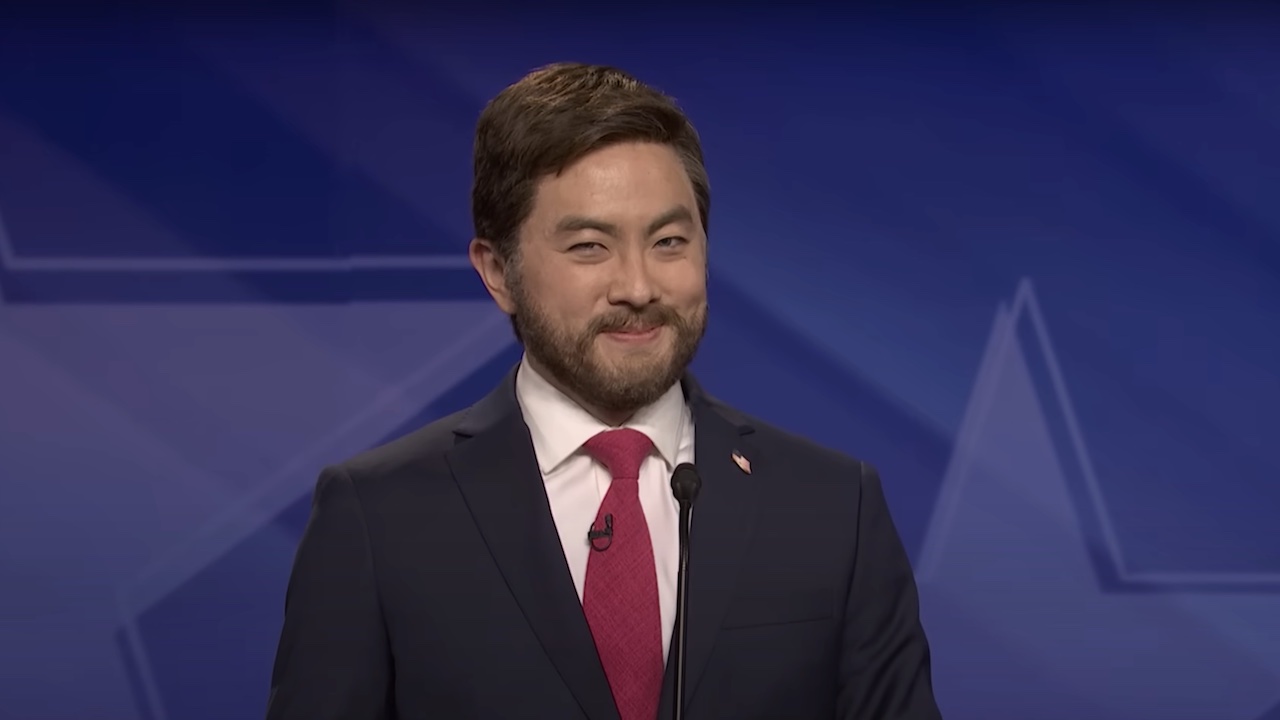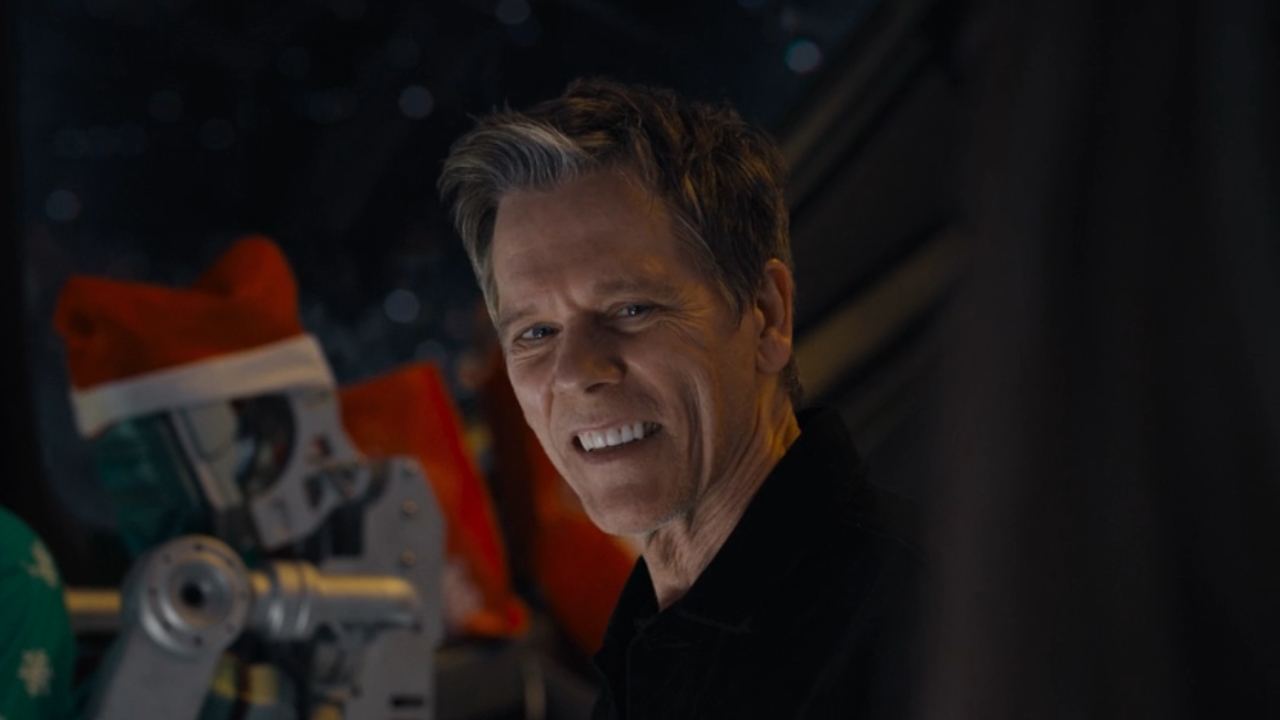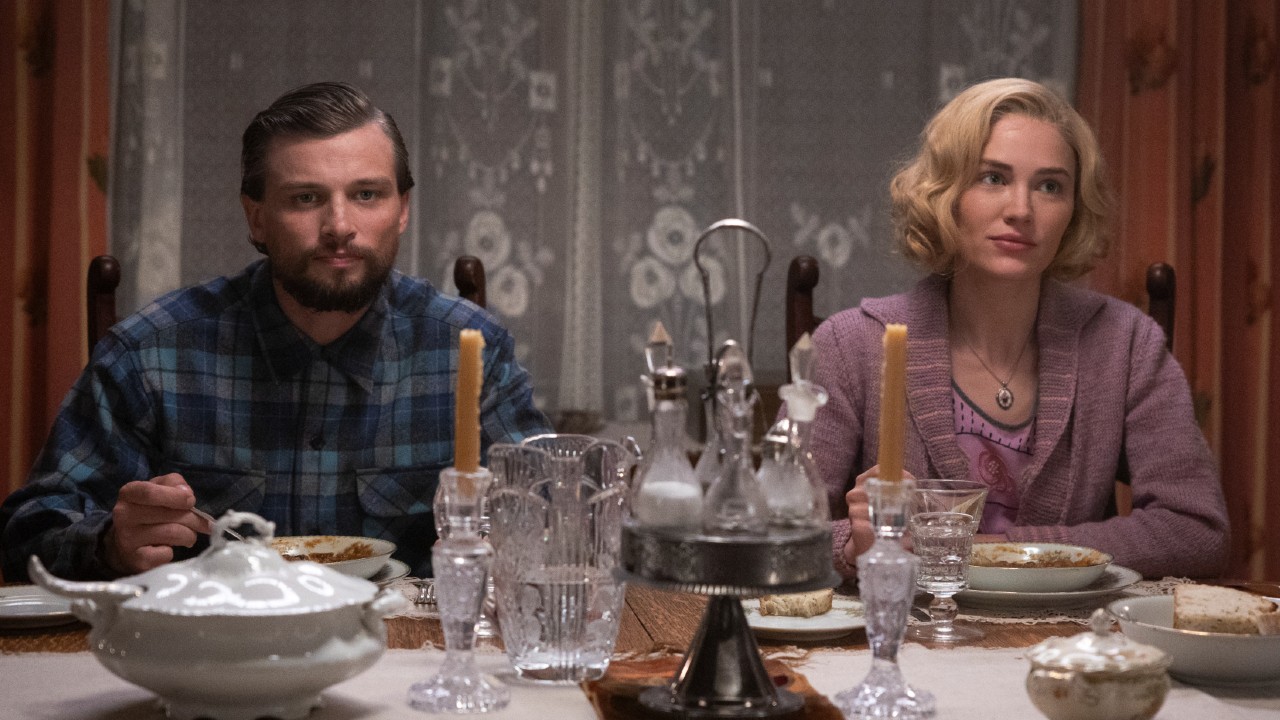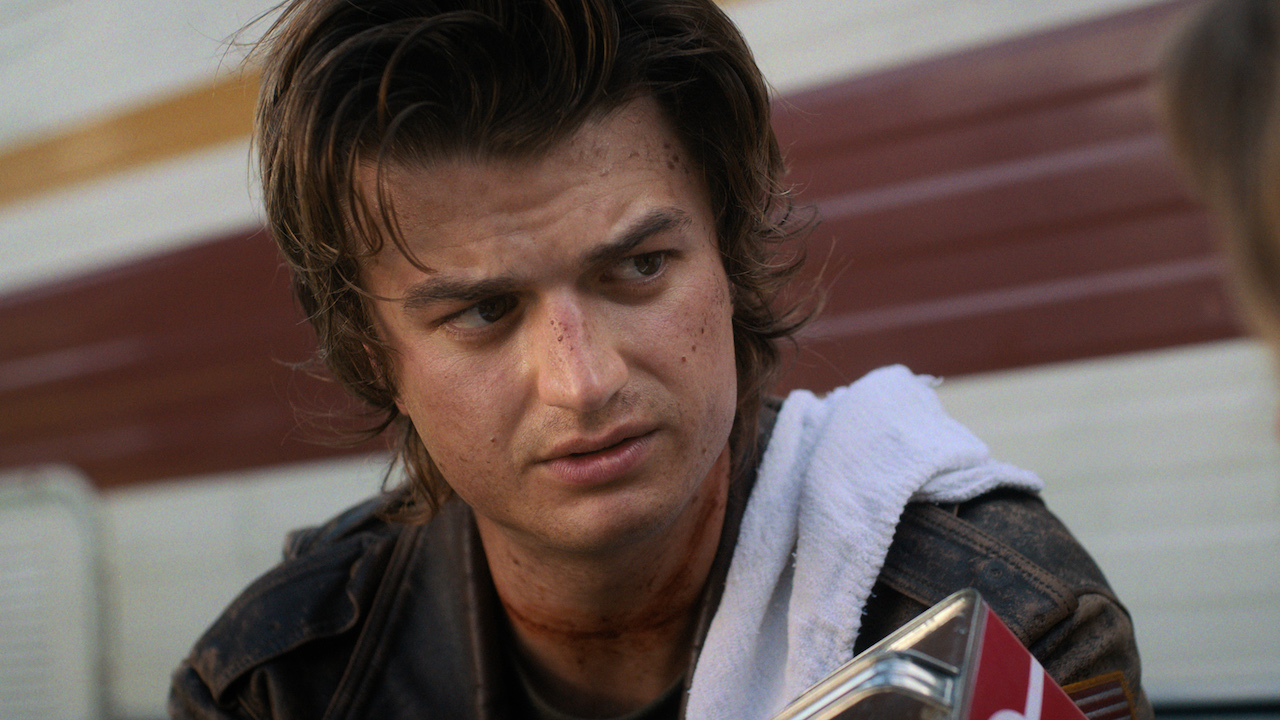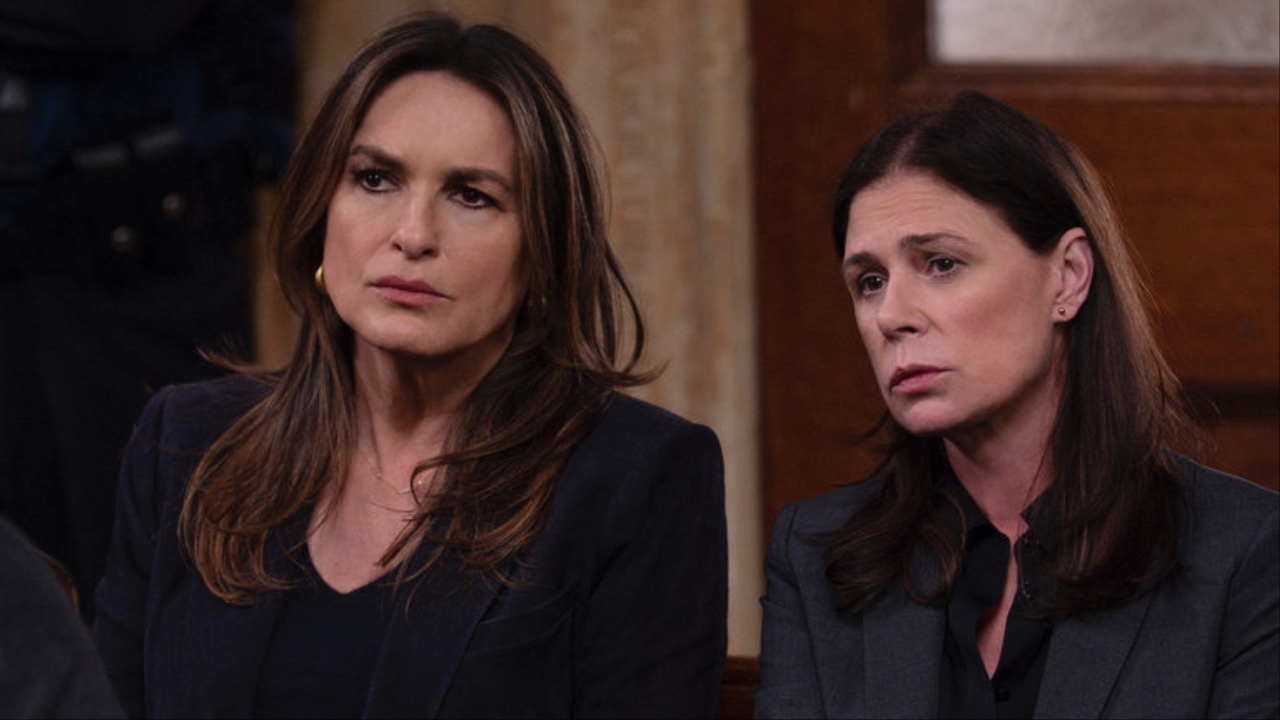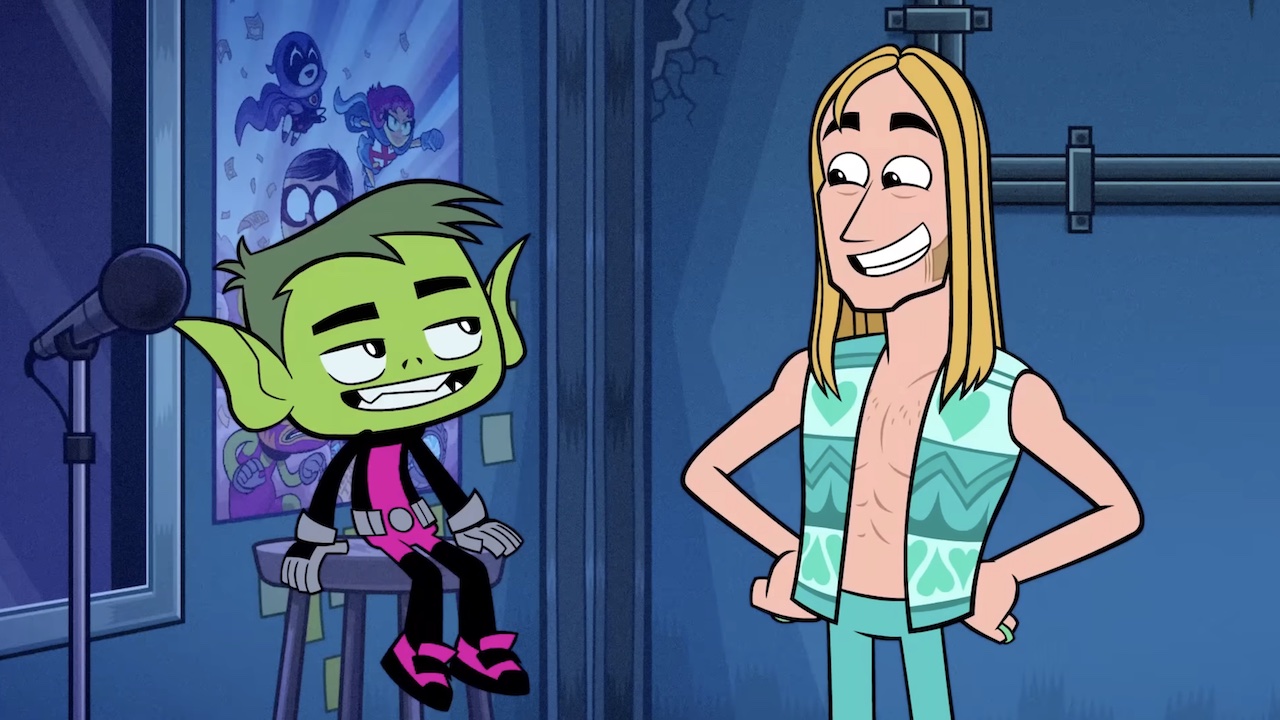Adapting Stephen King's The Dead Zone: Checking The Status Of The Ice Under The 1983 David Cronenberg Movie
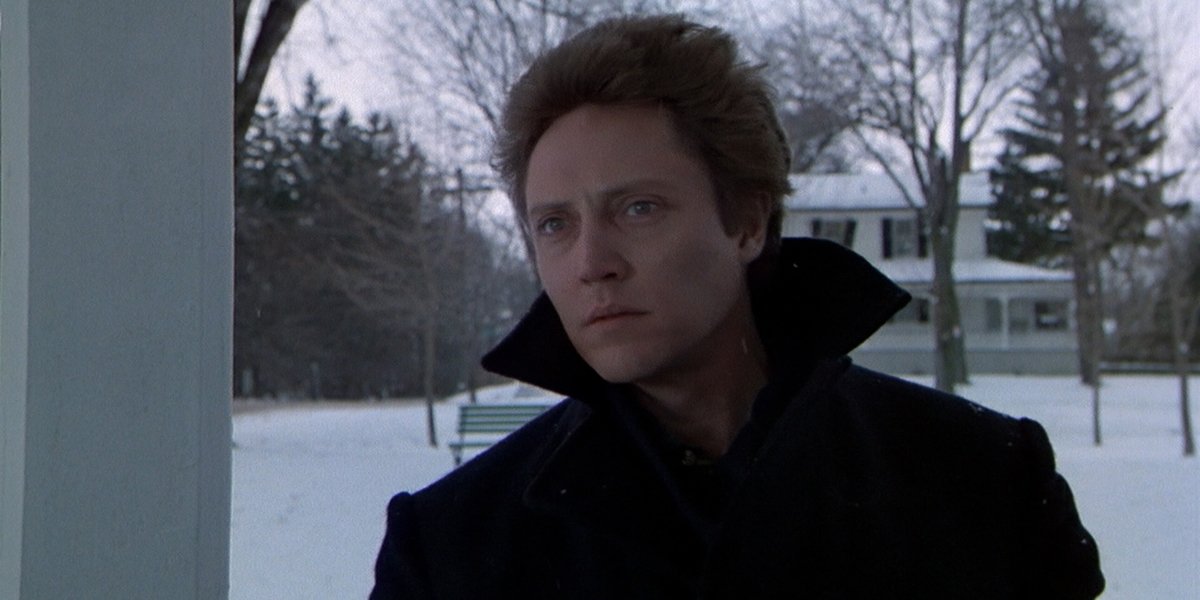
As detailed in the essay “The Wheel of Fortune” by Bev Vincent, Stephen King experienced a touch of creative frustration in the mid-to-late-1970s. During that period he developed a number of ideas that had issues becoming fully formed, including two novels that he ultimately abandoned. One of the ideas he wouldn’t give up on, however, was about a child killer in a small town, and a teacher struck by a psychic vision. Begun in 1976, it was a project that he put aside multiple times, changing gears to work on other material, but he kept coming back to it. Depressed and a touch desperate, King completed his first draft of the book in 1979, and it was published later that same year.
That book, titled The Dead Zone, became the first by the author to reach the number one spot on the New York Times bestseller list, and it is now regarded as a favorite among not only fans, but by King as well.
As had become pattern, Hollywood was quick to act on the release. And while it took a few extra years for a movie version to get made (the fact that the initial rights holder folded its feature film division had a lot to do with that), eventually The Dead Zone came together with David Cronenberg at the helm, and Dino De Laurentiis and Debra Hill steering the ship as producers. It earned great reviews and was a box office success – but 38 years later, how has it aged, and how does it stack up compared to the book? That’s the subject of this week’s edition of Adapting Stephen King.
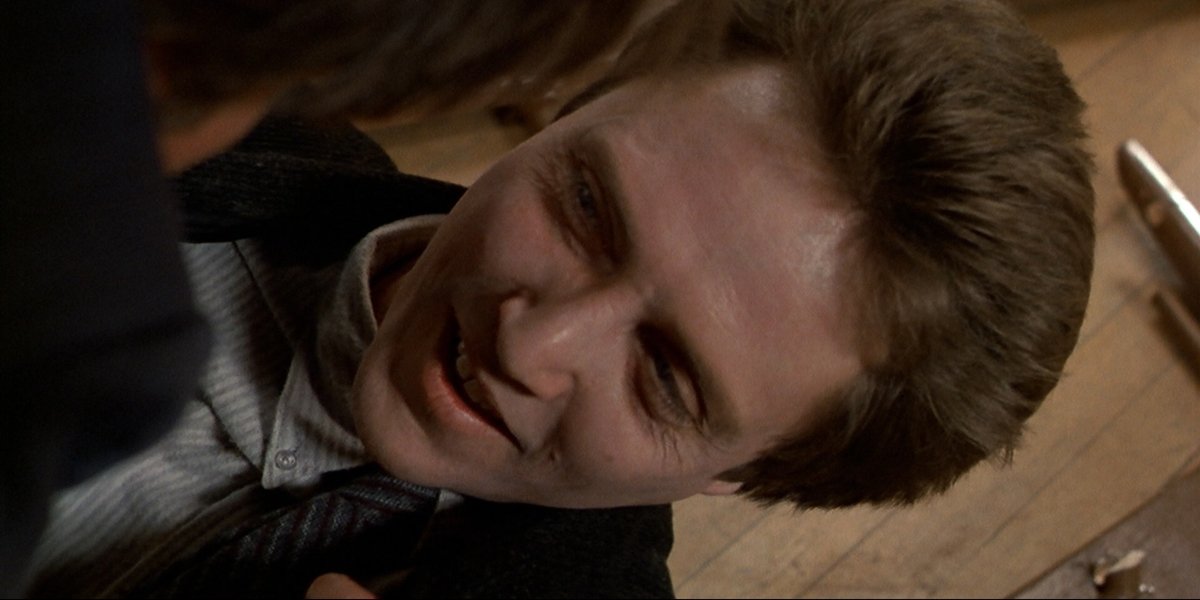
What The Dead Zone Is About
“Can a political assassin ever be right? And if he is, could you make him the protagonist of a novel?” As described in Stephen King’s On Writing, these are the questions at the heart of The Dead Zone. It has an atypical structure compared to the author’s other works, playing out almost episodically as it builds to its climactic finale, but by the end it answers both proposed questions with an emphatic “yes.”
Opening with a prologue, The Dead Zone introduces said protagonist, Johnny Smith, as he experiences a childhood accident during a game of ice hockey that leaves him with seemingly innocuous injuries (an incident based on an experience from King’s own youth). But while outwardly it appears that the biggest consequence is a headache and a “knotted bruise” on his forehead, the aftermath also finds the young boy occasionally having hunches that wind up being accurate about people and things in his small Maine town.
A couple years after that, in another part of the country, a traveling bible salesman named Greg Stillson kicks a dog to death when the animal gives him a less than friendly greeting as he makes some door-to-door stops.
Decades after his scary experience on the ice, Johnny Smith becomes the ordinary man that his name suggests, working as a beloved high school English teacher and falling in love with fellow educator Sarah Bracknell. Their relationship is tragically cut short, however, when Johnny drives home after a date and smashes headlong into a muscle car drag racing on the dark roads. He survives, but falls into a coma that lasts for four-and-a-half years.
CINEMABLEND NEWSLETTER
Your Daily Blend of Entertainment News
When he does finally awaken, the world has moved on without him, but he also isn’t the same man: rather than just having hunches, making physical contact with another person or an item of significance results in him having psychic visions of both the present and the future. His “gift” first demonstrates itself when he is able to sense that his physical therapist’s house is on the verge of burning down after she leaves the stove on, and it further proves to be real when Johnny is able to sense that the mother of his doctor, who was separated from her son during World War II, is still alive and living in California.
Johnny struggles with the fame – as he is able to do good, such as assisting in tracking down a serial killer in the town of Castle Rock, but he is also inundated with both requests for help and hate that paints him as a slight against God. All the while, though, he is on a direct path to collide with Greg Stillson, who has graduated from being a bible salesman to becoming a politician with a destiny to end the world in nuclear holocaust.
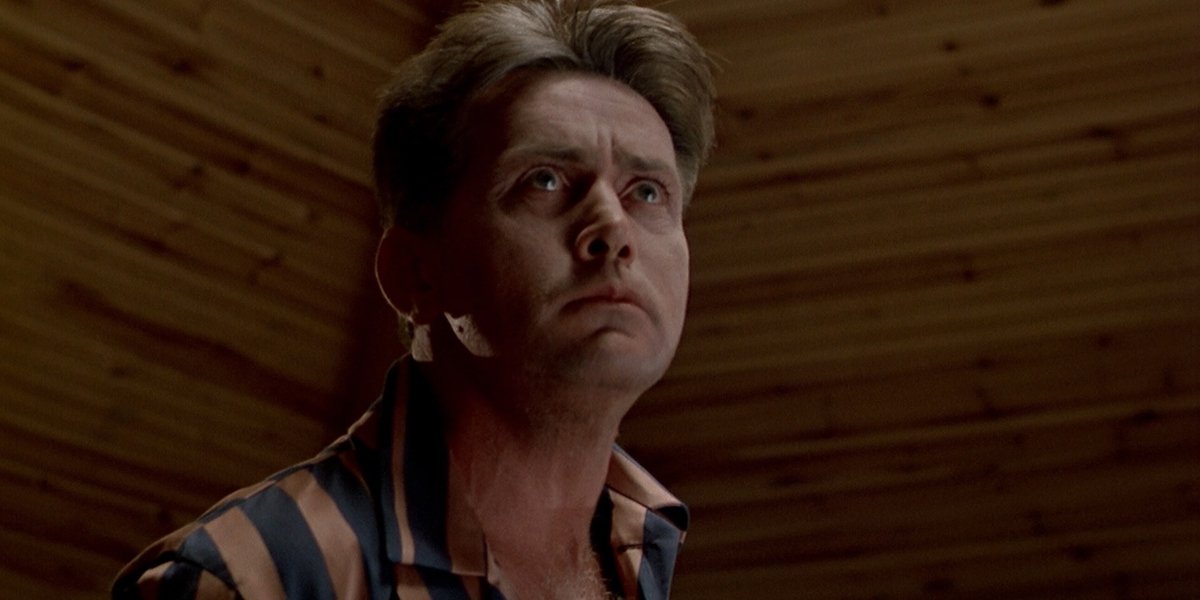
How David Cronenberg’s The Dead Zone Differs From Stephen King’s Book
In the 1980s, Dino De Laurentiis was a key conduit between Stephen King and Hollywood, producing five adaptations released between 1983 and 1985, and the relationship began with David Cronenberg’s The Dead Zone. However, things got off to a bit of an odd start. As noted in “The Complete Stephen King Universe” by Stanley Wiater, Christopher Golden, and Hank Wagner, De Laurentiis gave the author first crack at penning the screenplay for the film when it was in development, but he ultimately rejected King’s take as being “[too] involved and convoluted.” According to the AFI Catalog, there was an expanded focus on the Castle Rock Killer storyline, and while five drafts were put together, De Laurentiis and Cronenberg opted for a different direction.
In contrast, the screenplay by Jeffrey Boam that ended up being produced is a clean and streamlined take on the book – though the process of molding the story that way does result in The Dead Zone changing key details and events. What’s featured on screen very much comes from the Stephen King novel, but with some significant cuts, swapped parts, and noteworthy alterations.
To start with what has to be one of the strangest changes made from a Stephen King book, the title itself holds different meanings in the original text and the adaptation. The movie refers to a “dead zone” as part of the protagonist’s visions – something that Dr. Sam Weizak (Herbert Lom) interprets as a suggestion that fate isn’t sealed and can be changed. How it got there from what’s in the novel, where it is a part of Johnny’s diagnosis and an explanation for his powers (he has a “dead zone” in his brain that forces other parts to overcompensate) isn’t totally clear.
A far more significant change is the presence of Greg Stillson (Martin Sheen) in the story, as his part is greatly reduced in the film compared to the source material. You can understand why the movie decided not to reenact the character’s infamous introduction (King says in On Writing that his mailbox was flooded with letters complaining about his completely imaginary cruelty to animals), but also cut down are details about his abusive upbringing, his ascent in the political world, and his ruthless maneuverings to achieve power.
Martin Sheen doesn’t appear until about an hour into the 103-minute film, and is only featured in one scene not seen through the eyes of Johnny Smith (Christopher Walken) – and even that bit is a more muted version of events in the book, with the murder of an FBI agent “replaced” with the blackmail of an investigative journalist.
The reduced emphasis of Greg Stillson allows for greater focus on Johnny Smith, but still there are big sections of the story that are removed. The ice hockey incident when Johnny is a kid, for example, is excised as a prologue, but then it is reconfigured later when Johnny is trying to save one of his tutoring students, Chris (Simon Craig), from a horrific fate. In the movie the psychic hero insists that the child’s father (Anthony Zerbe) cancel a planned excursion for his kid’s hockey team when he predicts that the ice is going to break, but in Stephen King’s novel Chris is a high school senior getting ready to graduate, and is saved when Johnny realizes that the location where a party is set to be held is going to be struck by lightning and burn down.
Other standout trims include Johnny winning big on a wheel of fortune carnival game while on a date with Sarah before his coma; his mother becoming a religious fanatic; and an encounter between the psychic and exploitative tabloid reporter Richard Dees, who King would later go on to feature as a main character in the short story “The Night Flier.”
Where the last significant change can be found is in the Stephen King question that initially inspired The Dead Zone and the structure of the story. Where the last significant change can be found is in the Stephen King question that initially inspired The Dead Zone and the structure of the story. Part of having Greg Stillson as a more significant presence in the book means that Johnny Smith learns of the doom the politician is destined to bring earlier in the narrative – and thus there is more time spent with the debate of whether or not the hero can morally justify an assassination. Also providing a very important wrinkle is that while Johnny learns relatively early on in the movie that his body is suffering as a result of his psychic ability, there is a suggestion at the end of the novel that an important factor driving him to pick up a gun is being diagnosed with a brain tumor and learning he has only so much time left to live.
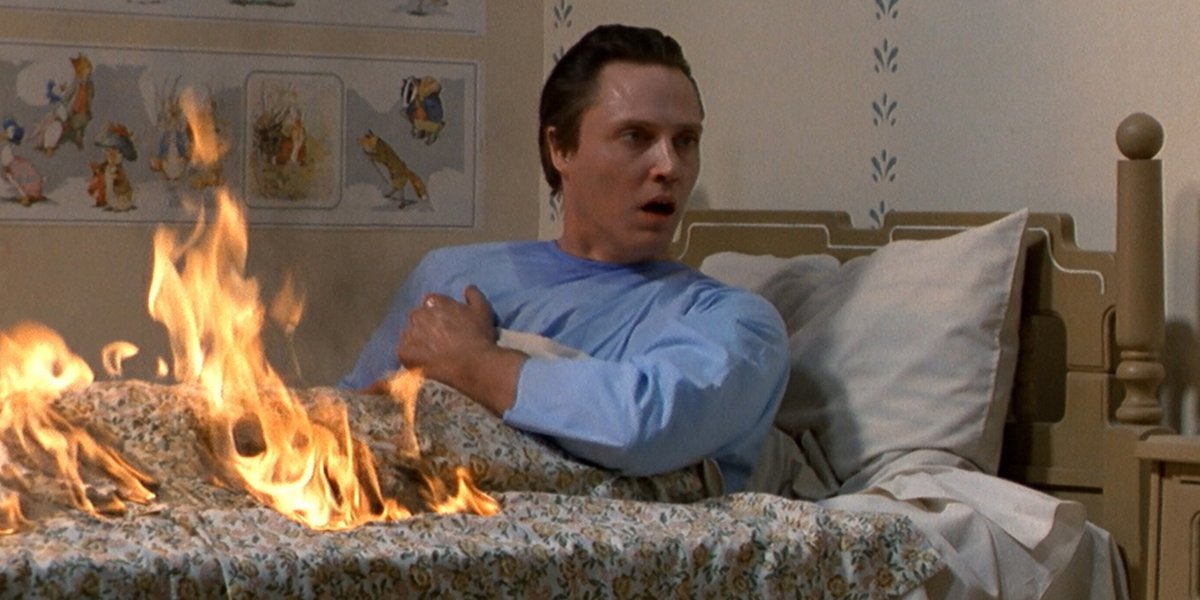
Is It Worthy Of The King?
Stephen King has referred to The Dead Zone as being among his favorites of the plot-driven novels that he has written, and watching David Cronenberg’s movie that particular classification stands out. The structure is not just clean cut, but unambiguous, as the narrative elegantly plays out across three acts: first the introduction of Johnny Smith and how he gains his psychic abilities; followed by the heroic albeit taxing exploration of his gift; and finally his sacrifice in the name of stopping the rise of evil. And while the film trims away a lot of the material that gives the book extra flavor, it prioritizes what is captivating, emotional, and thought-provoking about the work, and that’s why it remains one of the all-time best King adaptations.
It’s a different kind of story than what audiences typically expect not only from Stephen King, but also David Cronenberg, best known for his contributions to the body horror subgenre. All the same, the filmmaker adds stylistic flourishes that make heightened scenes from the novel visceral and powerful – arguably the most iconic being Johnny surrounded by fire in his hospital room, and Frank Dodd’s masochistic suicide after being discovered as the Castle Rock Killer. The Dead Zone is more thriller than horror, but still provides exceptional terrible moments that print themselves on the backs of your eyelids.
Perhaps the most special aspect of The Dead Zone, though, is the lead performance by Christopher Walken, who beautifully embodies the character. While the actor is best known for playing more erratic personalities, what he captures so well in Johnny Smith is his everyman quality. What makes the protagonist special is that he is an ordinary individual thrust into the world of the extraordinary, and the way in which Walken carries the burden and weight of that in his turn is perfect.
The film has aged so well that it would be patently unnecessary for any filmmaker to attempt a feature remake. If there were any direction to go with a new adaptation, it would take the material into a medium with more expansive real estate, allowing for proper exploration of all the book’s plot beats as well as deeper exploration into the lives and histories of the characters. But that’s a subject and an argument that I will hold on to for a few months until it is time to explore the 2002 Dead Zone television series.
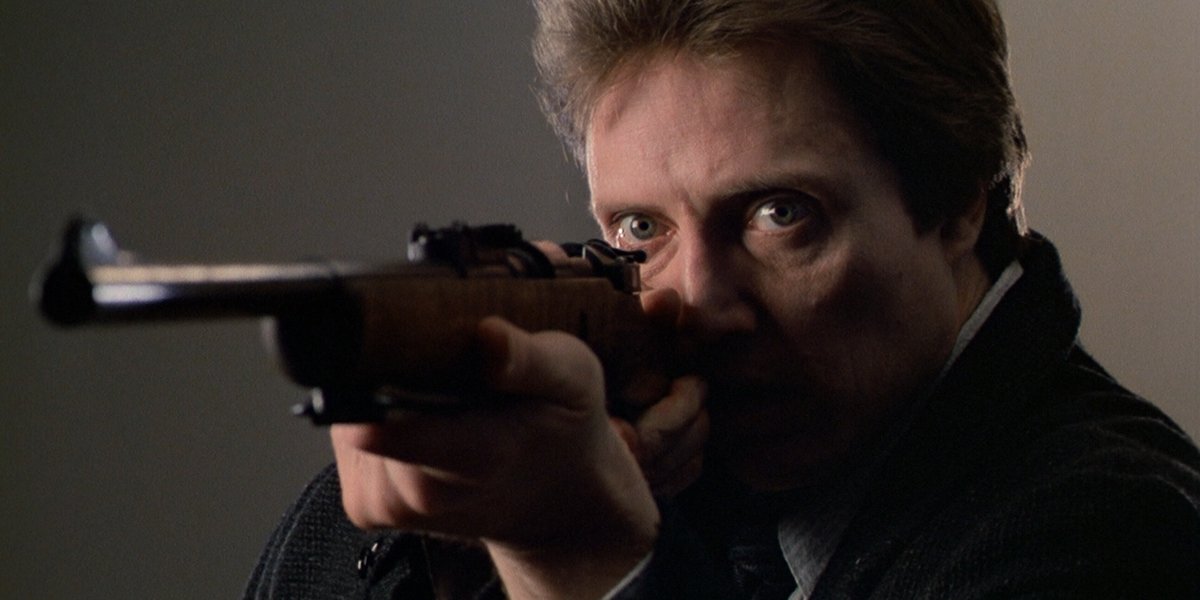
How To Watch David Cronenberg’s The Dead Zone
It is beyond stupid how long it took for The Dead Zone to finally get an HD home video release, but Paramount finally put one out in September 2020 – including it as part of a Stephen King 5-Movie Collection. That release is super bare bones, though, and if you’re willing to have some patience right now you’ll soon be rewarded. Scream Factory will be releasing a special Collector’s Edition Blu-ray in July that will be packed with special features. If you’re really desperate to scratch your itch and watch the film now, it is available for both digital rental and purchase from major retailers, and is presently streaming on Hulu, Amazon Prime, Philo, Paramount+, and Epix.
For next week’s Adapting Stephen King piece I will once again be examining what happens when two Masters of Horror collide, as I’ll be doing a deep dive into John Carpenter’s Christine. You’ll find it here on CinemaBlend next Wednesday, and for now click through the banners below to explore my previous columns!







Eric Eisenberg is the Assistant Managing Editor at CinemaBlend. After graduating Boston University and earning a bachelor’s degree in journalism, he took a part-time job as a staff writer for CinemaBlend, and after six months was offered the opportunity to move to Los Angeles and take on a newly created West Coast Editor position. Over a decade later, he's continuing to advance his interests and expertise. In addition to conducting filmmaker interviews and contributing to the news and feature content of the site, Eric also oversees the Movie Reviews section, writes the the weekend box office report (published Sundays), and is the site's resident Stephen King expert. He has two King-related columns.
